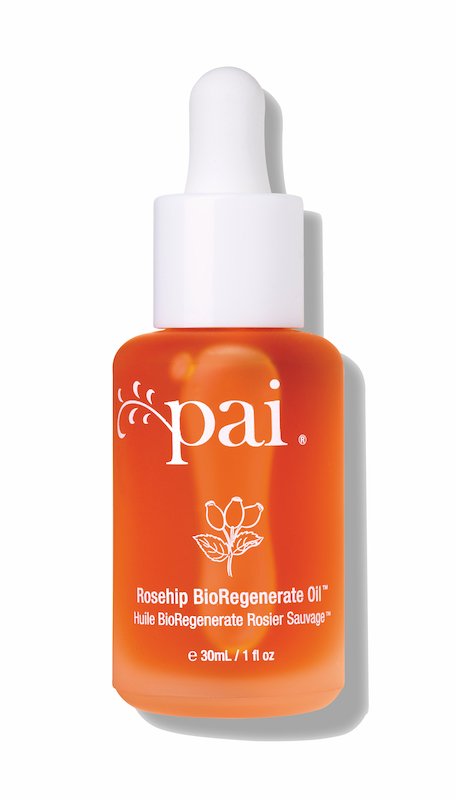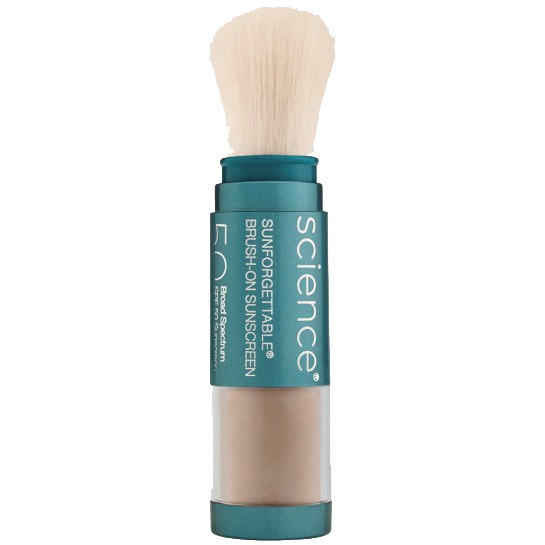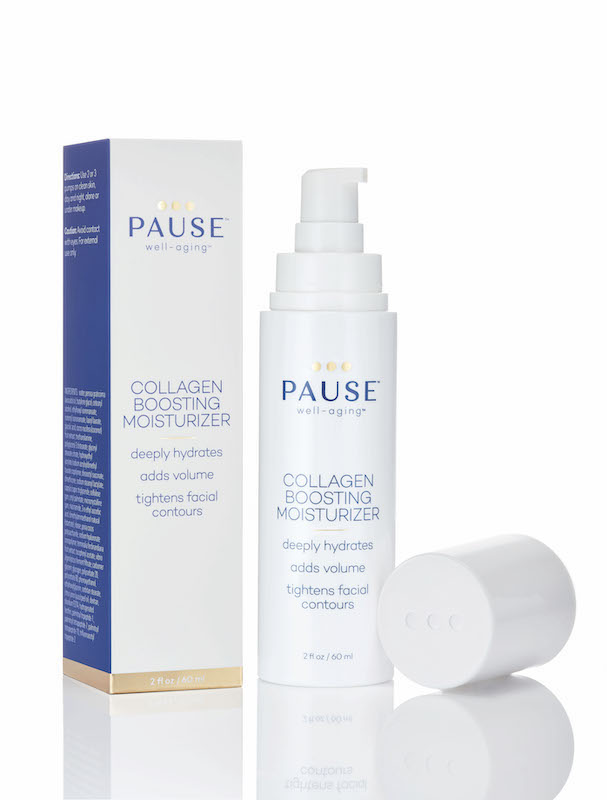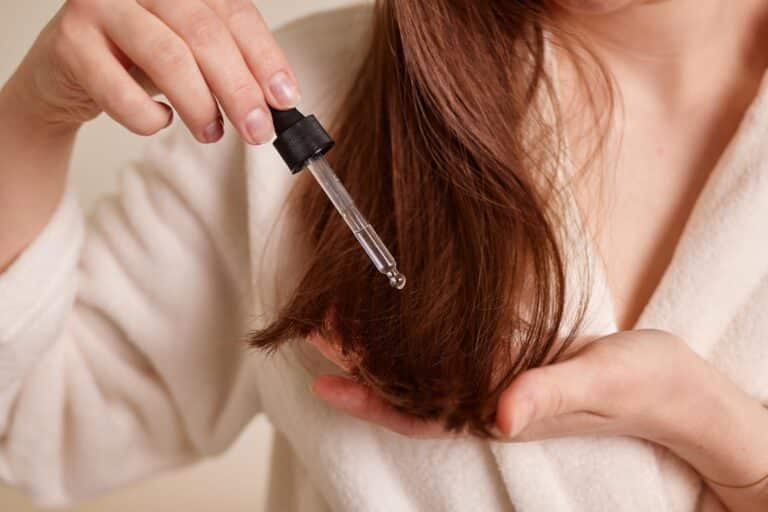In dry, dreary winter months, a dull complexion can seem like a foregone conclusion. But before you resign yourself to less-than-gorgeous skin, there are several beauty trends you may want to embrace in 2020. Some are brand new and others are fresh, research-based alternatives to older treatments. One thing’s for certain: healthy, glowy skin is on your beauty horizon.
1. Boost Muscle Without Hitting the Gym
Procedures like CoolSculpting freeze your fat, but an intriguing new treatment, CoolTone, was recently approved by the FDA to treat the abdomen, butt and thighs. “CoolTone is magnetic muscle stimulation, which causes thousands of involuntary muscle contractions to strengthen and tone muscles,” says Greenwich Medical Spa’s Mitchell J. Ross, MD. “This toning treatment is stronger than any previous devices that use similar technology.” With this updated, stronger version of EmSculpt, you feel little soreness, and there’s no downtime. To see results, Dr. Ross recommends four treatments in two weeks and then occasional maintenance therapy as needed. Prices range from $500 to $1,000 per treatment. greenwichmedicalspa.com
2. Rethink Your Sunscreen. Again.
Recent research has dermatologists changing their advice on how you should wear sunscreen. Studies now suggest that “there’s utility to higher number sunscreens,” says Steven A. Kolenik III, M.D., of Connecticut Dermatology Group. Both statistically and in practice, people who use SPF 100 sunscreens instead of just reapplying SPF 50 every 30 minutes get fewer sunburns over a longer period of time. Second, new data shows that high energy visible (HEV) blue light (think light emitted from cell phones, computers and flat screen TVs) causes macular degeneration and cataracts. “The data [for skin] aren’t there yet, but we know that if an environmental agent causes macular degeneration and cataracts, it also probably causes photoaging,” says Kolenik. To protect your skin from HEV blue light, zinc- and titanium based sunscreens are the best bet, according to Kolenik, who recommends a powdered version by Colorescience, Sunforgettable Total Protection Brush-On Shield. colorescience.com
3. Try Amped-Up Microneedling
Microneedling isn’t new, but a newer application has dermatologists talking. Radiofrequency (RF) microneedling is when radiofrequency energy is passed through tiny needles that repeatedly puncture the skin in order to produce collagen, and more data is suggesting this particular technique is exceptionally good at reducing scarring. “With radiofrequency, it essentially causes more disruption and damage to the underlayers of the skin,” says Dr. Kolenik. “By doing so, it’s thought to create more collagen growth and improve the texture of the skin.” Greenwich Medical Spa offers the new Greenwich 3D Lift, which pairs RF microneedling, ultrasound and platelet rich plasma (PRP), to improve appearance by addressing issues in multiple layers of the skin and subcutaneous layers by combining three different technologies. PRP is derived from a patient’s blood and applied to the skin to stimulate collagen and elastin fibers and promote cell turnover. “[The 3D Lift] shrinks pores and diminishes fine lines and wrinkles while boosting collagen and elastin fibers,” says Ross. “Overall, it gives you a natural, firm, lifted appearance, all without surgery.”
4. Seek Out Bespoke Beauty Solutions.
There are so many non-invasive beauty options available today, and the best estheticians are those who create the perfect cocktail of ingredients catered to the specific nuances of your skin’s biology. At La Suite Skincare in Greenwich, estheticians treat skin issues such as hyper-pigmentation, rosacea and acne, and they focus on creating the ideal synergy of therapies for each client, says head esthetician Rhea Souhleris Grous. For instance, their Reformer facial incorporates a cool peel as well as targeted modalities to retexturize and hydrate. For example, sonophoresis uses ultrasound to infuse topical serums, and iontophoresis uses electrical currents to deliver vitamins, peptides or antioxidants to the skin. “We’ve had great results with this decreasing inflammation and redness,” says Grous. lasuiteskincare.com
5. Be Sure Your Organics Are Effective.

There are a variety of organics on the market, but not all are created equal. While some products claim to be hypoallergenic or organic, they may still contain ingredients full of synthetic materials or irritants. And these days, for organics, the stakes are higher because people are continuing to demand clean beauty products that actually work. One that fits the bill: British brand Pai Skincare, a line specifically formulated for ultra-sensitive skin. (If you’re experiencing breakouts, redness, rashes or dryness, there’s a good chance you fall into the “sensitive” category.) Two particular products with a cult following are Rosehip BioRegenerate Oil, which fuels skin repair and regeneration (including dry patches, fine lines and sun damage) with carotenoids and fatty acids; and the new LightWork Rosehip Cleansing Oil, which removes makeup and impurities leaving skin’s pH and oil levels balanced, and then rinses off clean without the redness and dryness left behind by traditional makeup remover-cleanser combos. paiskincare.us
6. Get a Better Skin Cancer Screening.
Skin cancer rates continue to rise, so getting an annual full body screening with a dermatologist is more important than ever. But whereas previously doctors had to biopsy suspicious moles, now there are more emerging and new-to-market, non-surgical tools for diagnosing skin cancer. For example, there are imaging apps, such as SkinVision, MoleMapper and Miiskin, that allow you to take a photo of a mole and then submit the image to see if it is low-or high-risk for melanoma. Alternatively, a company named Dermtech makes adhesive patches which are stuck to a mole like tape by your dermatologist and then removed painlessly to collect skin cells. “You essentially peel off the top layer of skin and then send that DNA in to look at gene mutations to predict whether that lesion is skin cancer or not,” says Kolenik. However, both dermatologists we spoke with said that while these developments are exciting, an in-person visit to the doctor is key. “No application currently replaces a visit to a dermatologist,” says Ross. dermtech.com
7. Use Targeted Products for Estrogen-Deprive Skin.

As women enter their 40s, estrogen levels drop, which results in a loss of collagen, decreased skin elasticity, and diminished skin tone. In 2020, countless beauty companies are addressing women with mature skin with products that are “anti-aging.” One beauty company, Pause, is specifically targeting estrogen-deprived women and those experiencing the three stages of menopause, but they’ve ditched the negative “anti-aging” term in favor of “well-aging.” They’ve developed a hormone-free moisturizer that’s “a blend of vitamins, antioxidants and peptides that work synergistically to address physiological changes as women mature, and to fuel collagen production and diminish signs of skin aging,” says Pause CEO and Founder Rochelle Weitzner. In addition, Pause’s fascia stimulating tool helps reawaken and stimulate fibroblasts—the cells that produce collagen. To use it, apply moisturizer and then gently massage the tool on the regions of the face, neck and decollete for five minutes once a day. pausewellaging.com






